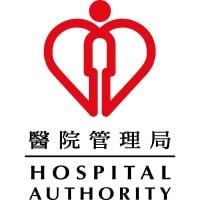
Hospital Authority
The Hospital Authority (HA) is a statutory body established under the Hospital Authority Ordinance in 1990. We have been responsible for managing Hong Kong's public hospitals services since December 1991. We are accountable to the Hong Kong Special Administrative Region Government through the Secretary for Health, who formulates overall health policies for Hong Kong and overseas the work of HA.






